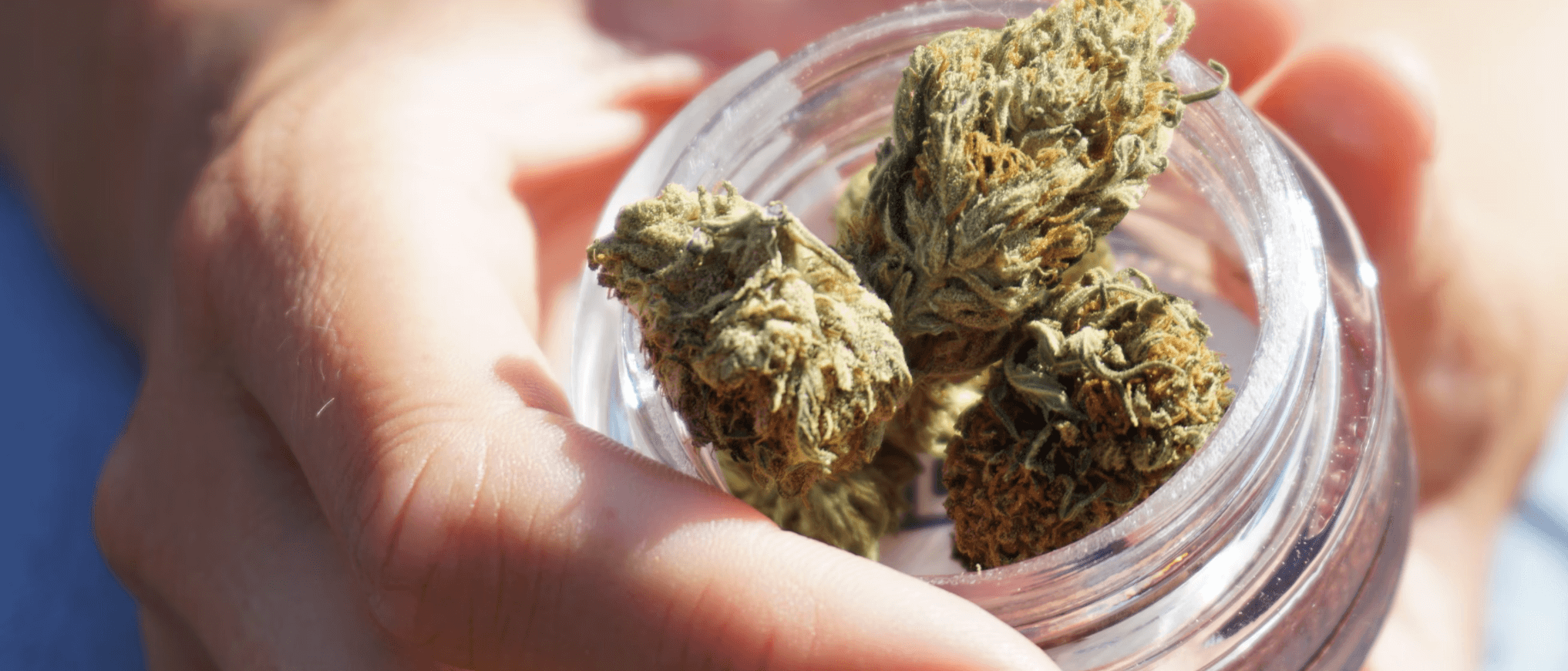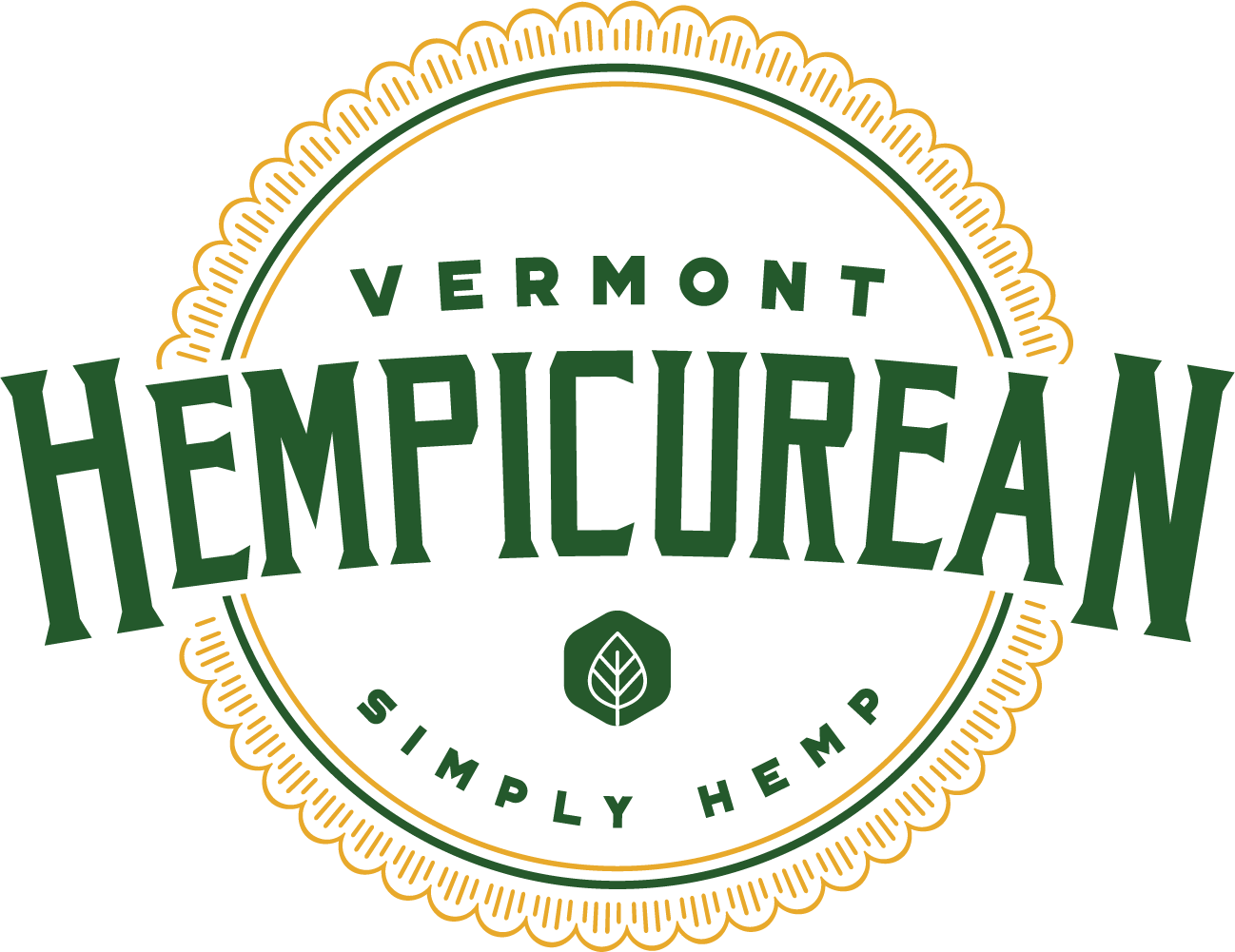What is CBG flower? A quick Review
CBD is not the only noteworthy cannabinoid in the hemp plant, even though it may be the most prevalent. Cannabigerol, or CBG, is another interesting cannabinoid is making its way to the frontlines of cannabis research, and it is quickly garnering attraction from consumers. So, what is CBG, how is CBG different from CBD, and what are the benefits to consider? Let’s take a look.
What Is CBG?
CBG is cannabigerol, which is a chemical compound known as a cannabinoid – found in the cannabis sativa (aka hemp) plant. All in all, there are thought to be at least 144 cannabinoids found in the cannabis species of plant. CBG forms from what is referred to as the mother cannabinoid: cannabigerolic acid (CBGA). All cannabinoids transition from CBGA, but CBG only comes about once the CBGA has been mostly expended to form other cannabinoids as the plant grows, such as CBD or THC.
Can you smoke CBG Flower?
You can definitely smoke CBG hemp flower. Most hemp strains you find these days have been specifically bred to have high concentrations of CBD. However, the recent interest in CBG and its proposed therapeutic properties has led growers to selectively breed hemp with higher CBG content. For example, we offer raw Northeast Hemp CBG Hemp Flower as well as these CBG flower options from Hunger Mountain Hemp:
- White CBG Flower – 14 grams (Half Ounce) – Hunger Mountain Hemp
- White CBG Flower – 7 grams (Quarter Ounce) – Hunger Mountain Hemp
CBG vs CBD – Differences and Similarities
CBG and CBD do come from the same family of plants, and both are non-intoxicating cannabinoids. However, the two cannabinoids do have some differences. While most modern hemp strains have an abundance of CBD, they typically lack CBG. This is due in part because CBG tends to deplete as the plant grows. Therefore, the earlier you harvest the more likely you are to have plants higher in CBG.
Another important quality to note, CBG shows more affinity to cannabinoid receptors found in the neural system, including in the brain. And CBG is not the only cannabinoid that has a direct affinity for endocannabinoid system receptors; THC does as well. Oddly enough, CBG does not induce the same effects as THC in spite of the similar interaction with neural receptors.
CBG’s Therapeutic Potential – Here’s What We Know
While CBG has been known for a while among researchers, the cannabinoid has garnered a bit less attention over the years compared to its more popular cousins. Here are some of themost recent studies that have looked at the potential therapeutic benefits of CBG:
- Possibilities of applying cannabinoids’ in the treatment of glaucoma
- Cannabigerol is a novel, well-tolerated appetite stimulant in pre-satiated rats
- Antibacterial cannabinoids from Cannabis sativa: a structure-activity study
- Colon carcinogenesis is inhibited by the TRPM8 antagonist cannabigerol
- Beneficial effect of the non-psychotropic plant cannabinoid cannabigerol on experimental inflammatory bowel disease
Much more research does need to be done to provide definitive CBG benefits. Nevertheless, the initial findings of how CBG acts in the body and the therapeutic potential it holds is impressive.
Where to Find CBG
The CBG cannabinoid is naturally present in hemp products. Therefore, you may get some CBG if you purchase full spectrum CBD oil, CBD edibles, or otherwise. However, if you want a substantial amount of CBG, you do have to look for products that specifically state they have high CBG concentration. For example, Hunger Mountain White CBG Hemp Flower is raw, hand-trimmed CBG flower, and Elmore Mountain Therapeutics Full Spectrum CBG Oil has a 7 to 1 ratio of CBG to CBD.
Keep in mind, CBG is just one of the many different kinds of hemp flower you can buy.
New Cannabinoids Are Being Researched Further By The Day
The closer we look at the many constituents that make up the hemp plant, the more interesting compounds we find. The future of CBG sure looks bright. If you’re ready to experience CBG derived from quality hemp, our collection of “Farm to Body” hemp products are carefully sourced from local, high-quality providers.

